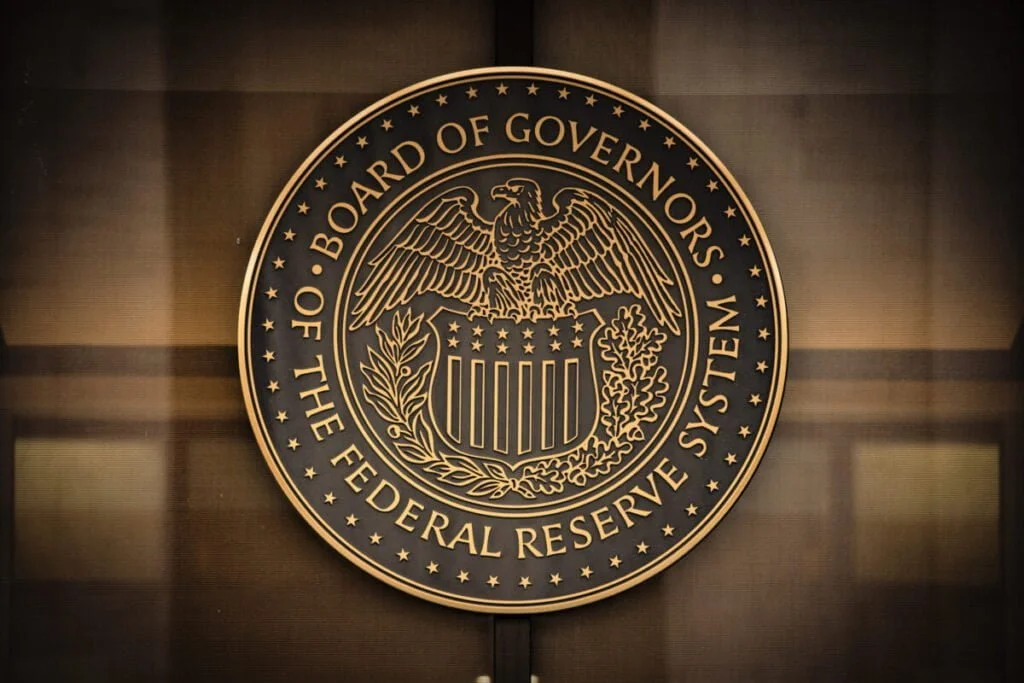This recent development comes as the US Federal panel believes that both crypto assets and CBDCs could strengthen the US dollar.

In an unexpected turn of events, a panel of speakers organized by the United States Federal Reserve handed a significant boost to the cause of cryptos on Tuesday. They advocated for allowing crypto assets to thrive in the US economy because it would boost the dollar’s position. The Fed’s mention of cryptocurrency prompted some fascinating observations.
While the bitcoin ecosystem is at an all-time low, the panel’s comments are a welcome change for the crypto community. The key concern in crypto traders’ minds is whether a cryptocurrency will rebound from its present lows shortly. According to the panelists, the use of cryptocurrencies, particularly CBDCs, might increase the US dollar’s influence on the worldwide economy. On the regulatory front, they urged that services centered on crypto-assets be tied to the US dollar.
“Digital assets could reinforce the dollar’s role in the international market over the medium run. This could be done if new sets of services structured around these assets are linked to the dollar.”
Last month, Fed Chairman Jerome Powell discussed the explosive expansion of cryptocurrencies and stablecoins. He stated that the Fed is investigating the use of CBDCs given the huge development in crypto-assets and stablecoins.
The Fed is investigating whether a CBDC would enhance an already secure and efficient domestic payments system. According to the Fed’s white paper, a U.S. CBDC might also assist sustain the dollar’s international status, he added.
The panelists debated whether certain technical elements of digital assets could modify the dollar’s advantages or strengthen its varied roles. According to the experts, technology alone would not result in significant changes to the global monetary ecosystem.
Furthermore, the Fed panel stated that the crypto economy is now oriented toward retail investors. They said that the lack of a regulatory framework is limiting the movement toward institutional investors.
“The rise of CBDCs has also tended to be centered on local retail sectors, and hence is not a threat to the worldwide standing of the US dollar.” The panelists agreed that the scope of cross-border CBDCs remains relatively limited.

